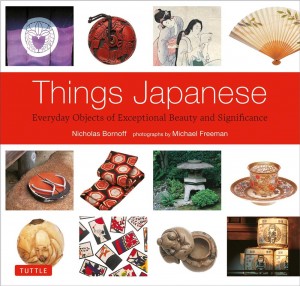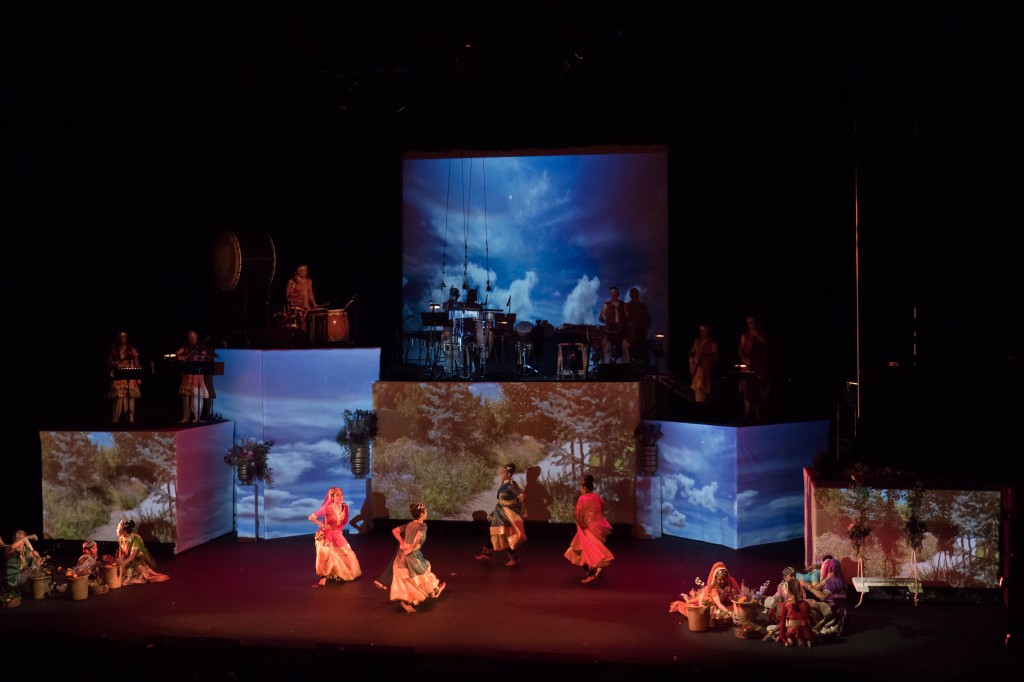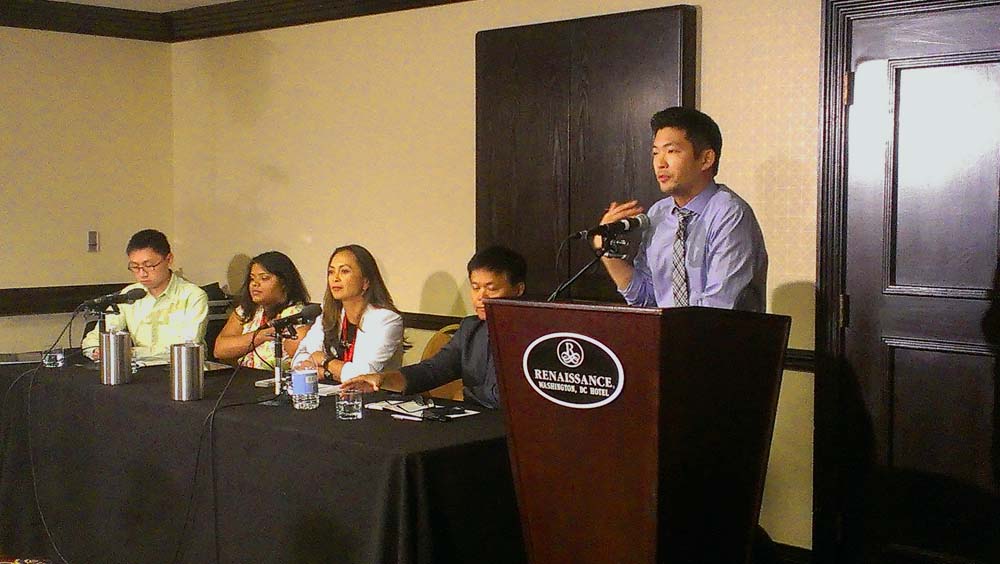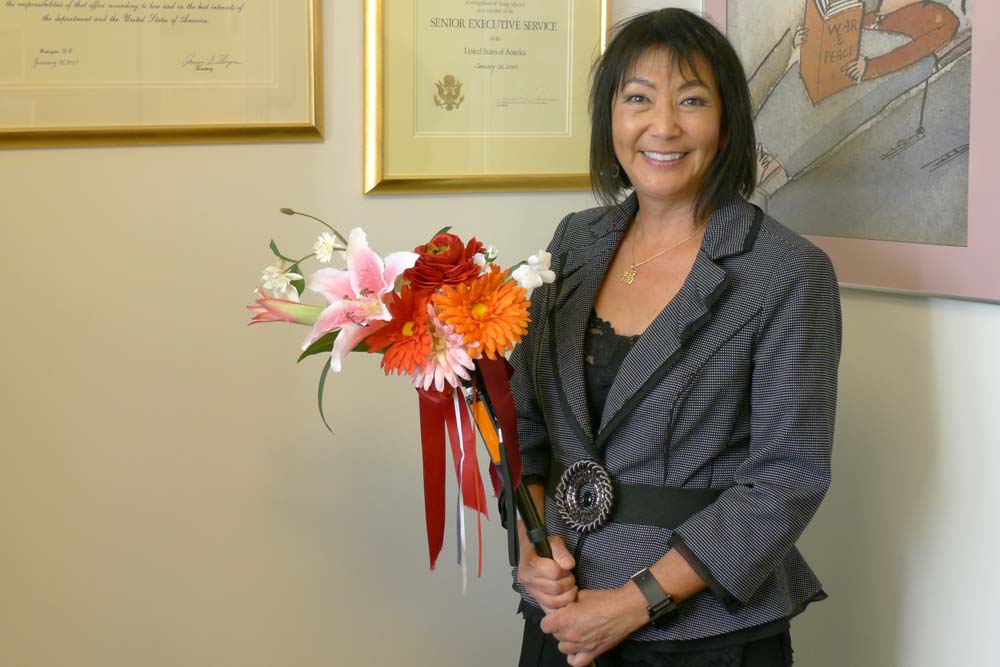 All the Japanese Americans I know have all sorts of ways to show their cultural roots. It may not be evident when you meet them, but the signs are there, in their homes.
All the Japanese Americans I know have all sorts of ways to show their cultural roots. It may not be evident when you meet them, but the signs are there, in their homes.
When I was a kid living in Japan, it never occurred to me that the stuff in our house was… well, Japanese. And when we moved to the U.S., we took a lot of our stuff with us – folding screens, small artworks, dolls, dishware, pottery, chopsticks and cooking utensils, and a lot more.
Once we moved into a suburban Northern Virginia home in the mid-1960s, we set about fitting in to our all-American Wonder Years life: nice ranch home, big back yard, all our Japanese stuff inside. Oh, except for my dad built a Japanese rock garden in the back yard complete with a stone lantern, and he planted a cherry blossom tree in the front yard, which bloomed every spring at the same time the famous cherry blossoms that were given to the US.
That tree has grown huge in the decades since – I’ve seen photos, and it looks like a giant fluffy ball of pink cotton candy that dominates the yard, and hides most of the old house behind it.
Continue reading













